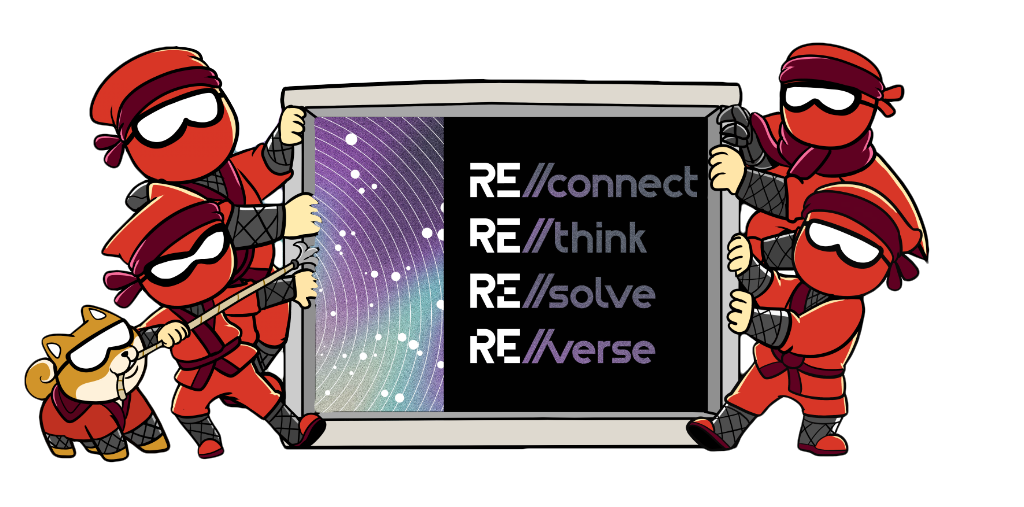While our customers with active support on the development branch have access to these changes and more, we occasionally release updated stable releases just to include a few fixes that we either did not identify during stable release testing or those for whom a fix was scheduled after the original stable release.
This 5.0 Release 2 build improves on our recent 5.0 release with a few small stability improvements and fixes.
Read more...
